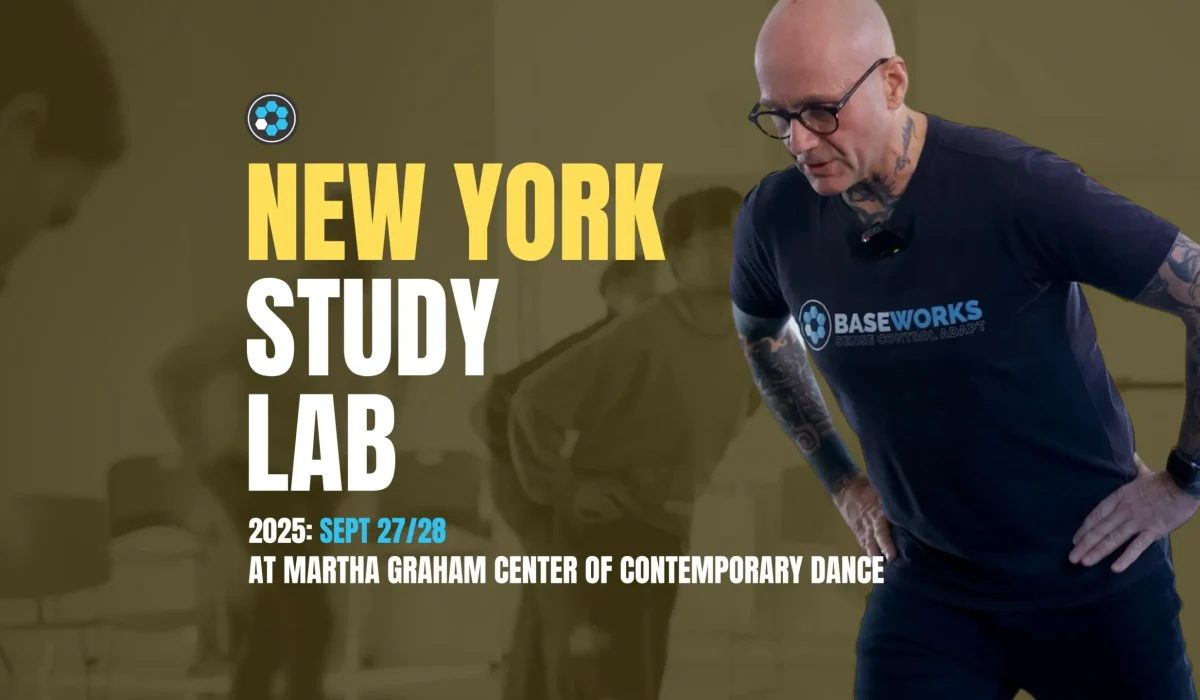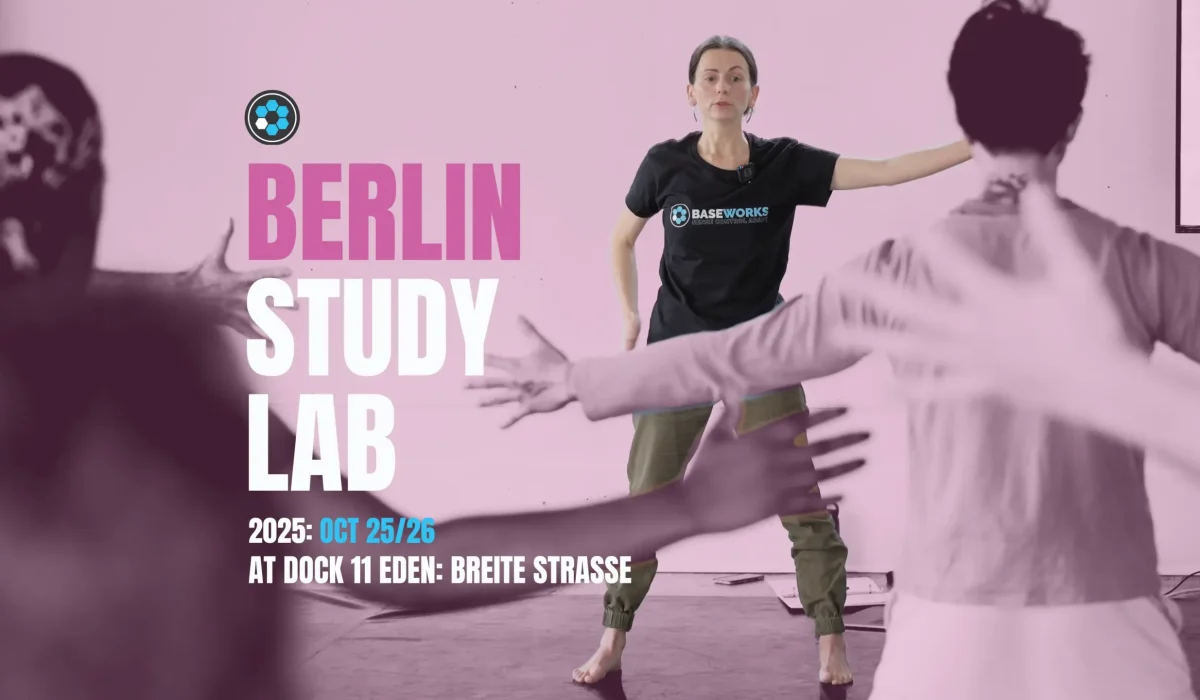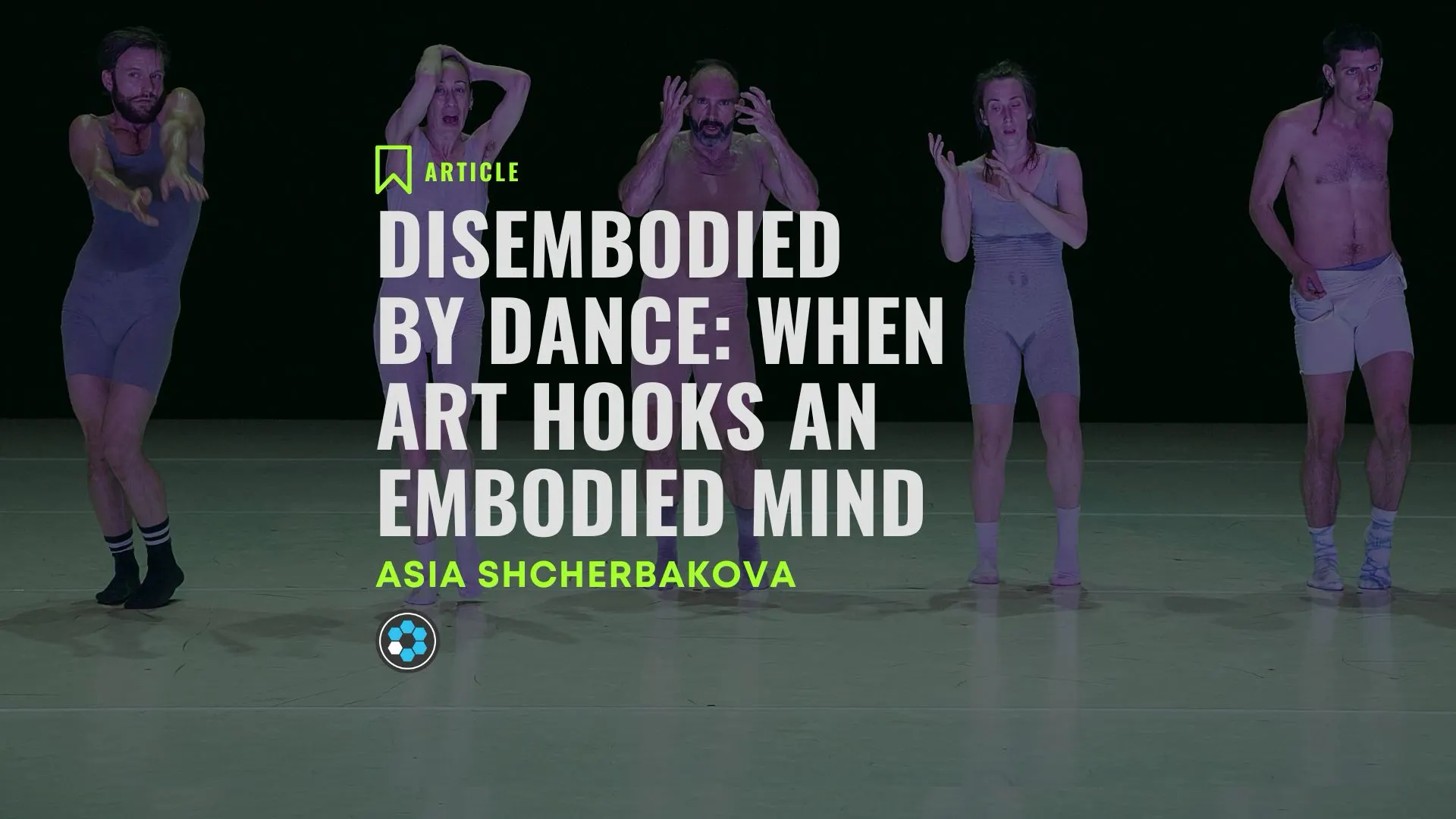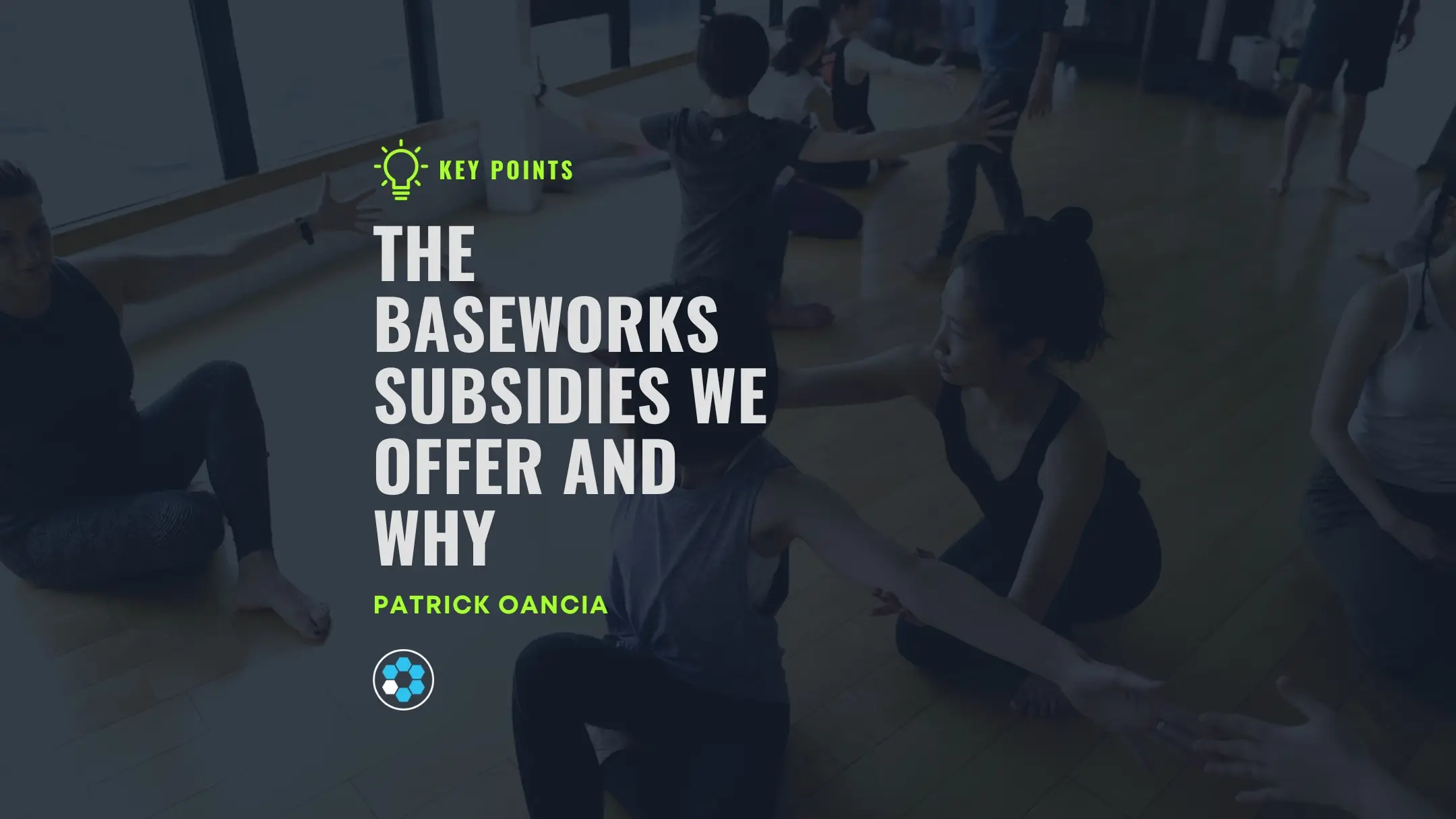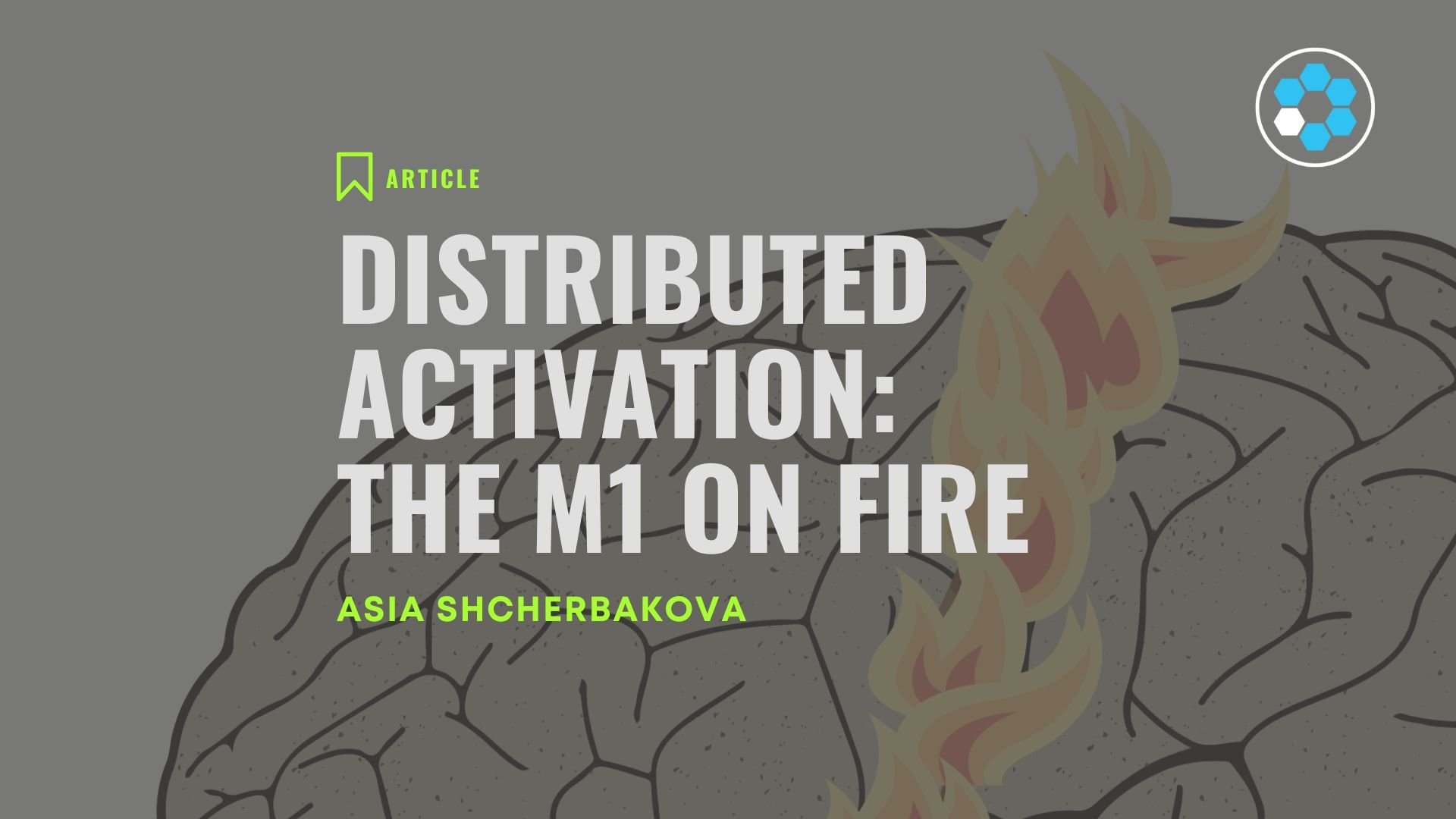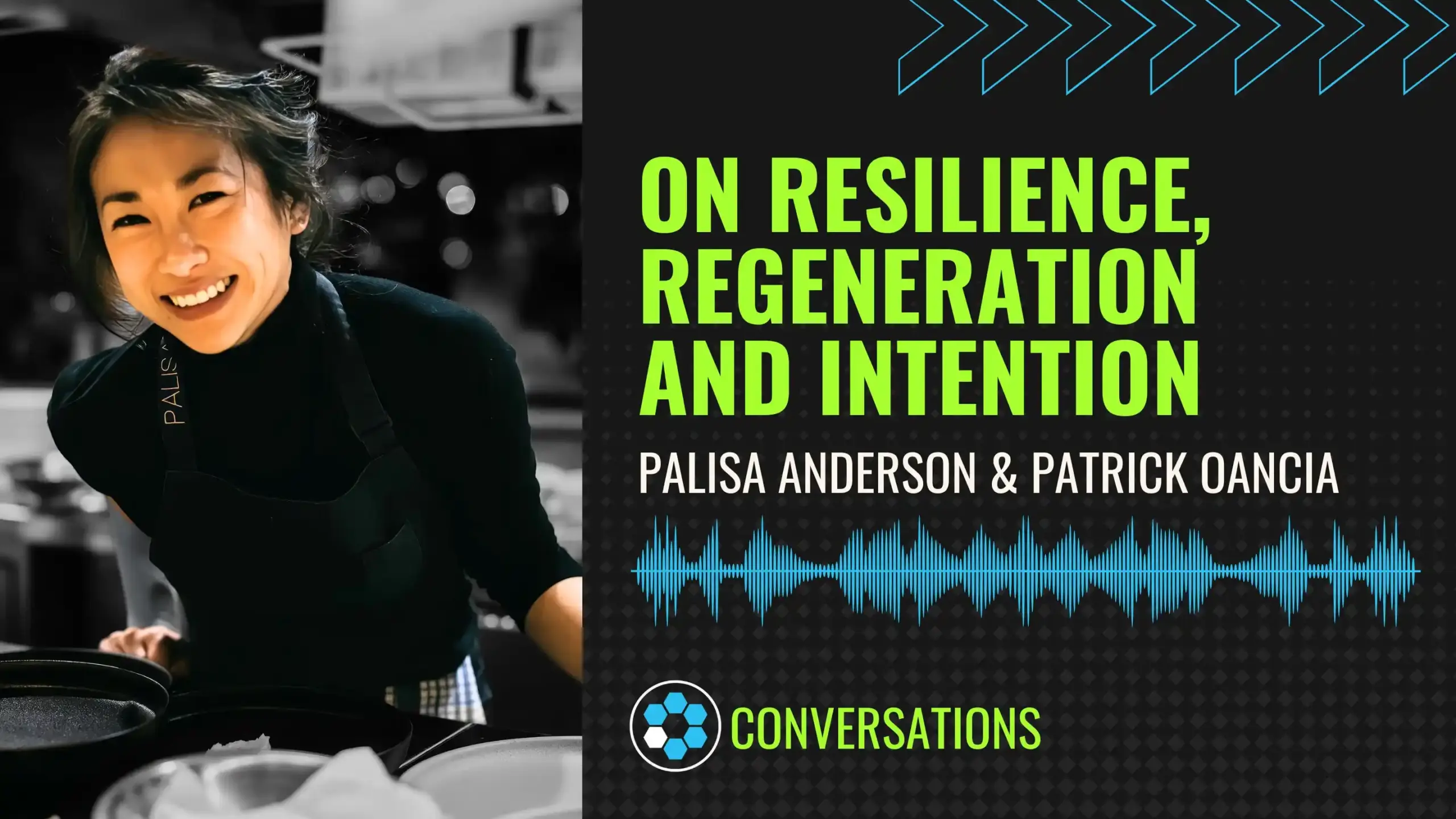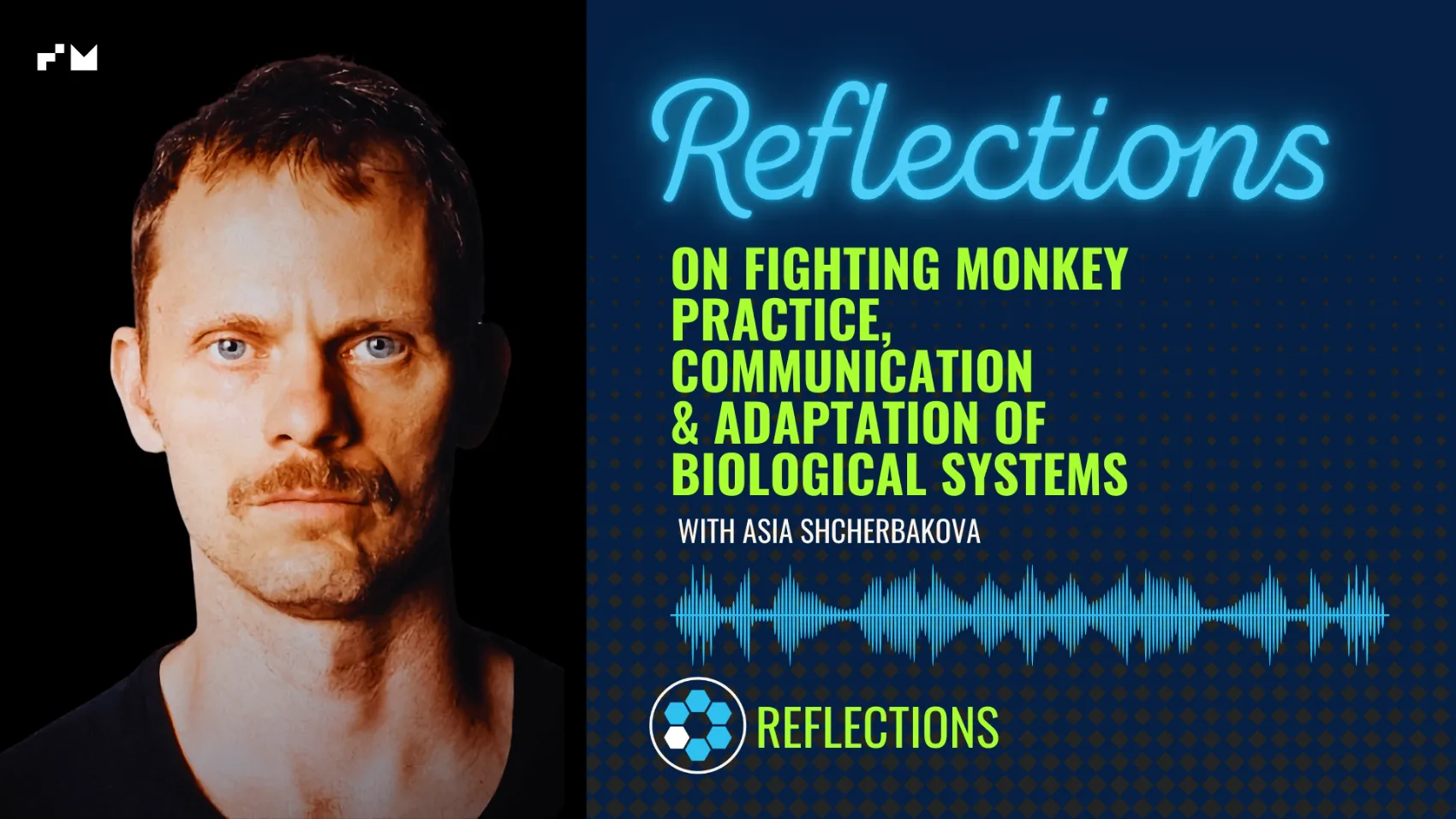So we always try to clarify what the purpose of our form practice is in Baseworks.
Let’s see how the continuity of form practice can lead to a better understanding of movement all around.
WATCH:

LISTEN:
So let’s take a look at Karate (空手). Kata (型) which literally means form is a detailed pattern of movements used for the practice. It can be solo or with a partner. It really depends on the Kata (型). Kata (型) is not supposed to be re-enacting an actual spar, but rather a display of the transition of flow from one posture movement to another. It’s meant to teach the student proper form and positioning.
During a Kata (型) practice the student is encouraged to visualize different scenarios for the use of each motion and technique. This process of analysis, and attempt to extract the useful meaning from Kata is called Bunkai (分解). This literally translates to analysis in Japanese.
The extracted meaning that can actually be used in a real fight here is referred to as Ōyō (応用), which translates to application.
So the idea is that you perform movements according to a prescribed form and then you eventually process it and discover what these forms mean to you, and what they’re actually meant to accomplish.
So this kind of thinking maps very well with what we do in the Baseworks Form Practice.
A Form in Baseworks is an abstract movement task. You actually learn to execute it with proper Form, but then your job is to analyze and reflect on it so that you can discover what its Ōyō (応用) is, and what this means to you. Kind of like in Karate (空手).
But in Baseworks we have yet another layer of application. Our Forms are like empty shells to which we apply the Baseworks Movement Patterns to tune up the somatosensory perception and enable you to better feel your muscles and various points of the body.
So one of the goals in Baseworks is to stop looking for Ōyō (応用) in what we often call the anti-functional movement and instead focus on the analysis, or otherwise, Bunkai, on ways that the automatic motor systems are trying to direct the behavior.
In this way rather than only learning how to make the movement effective and functional, we gain a deeper understanding of the subconscious processes that guide the movements.
Concept & Visuals: Asia Shcherbakova
Narration & Audio Production: Patrick Oancia
Music: John Connell



